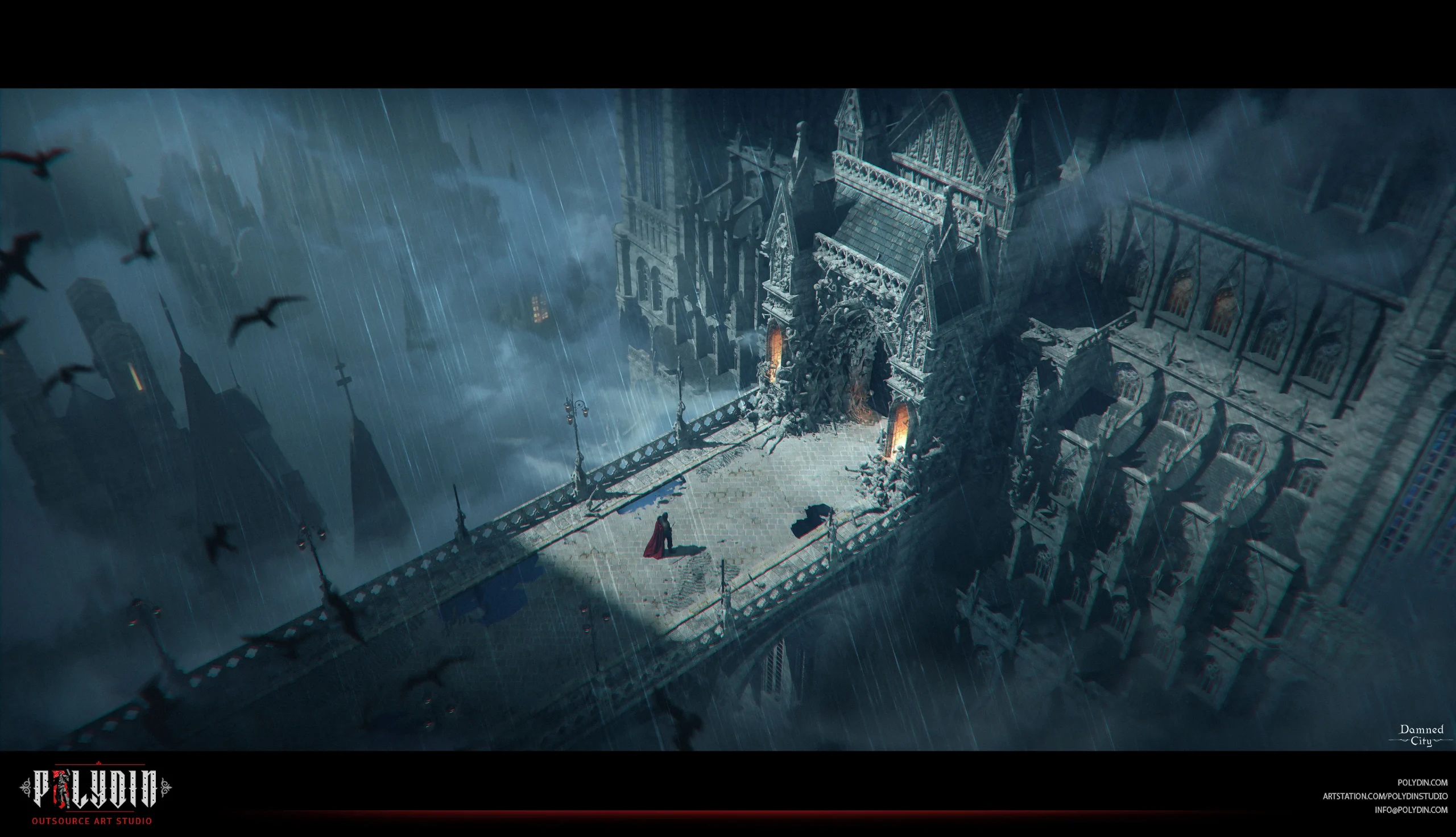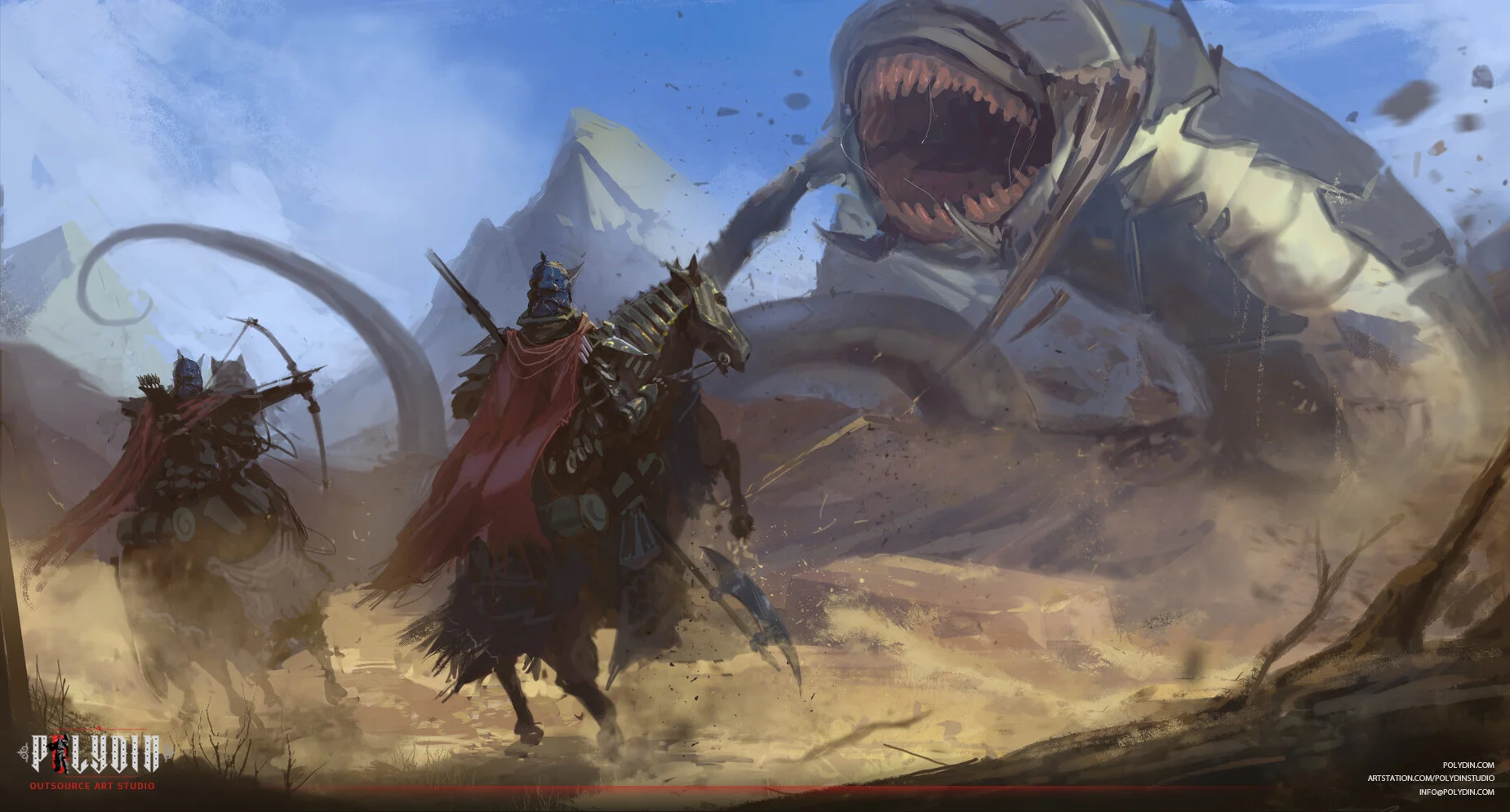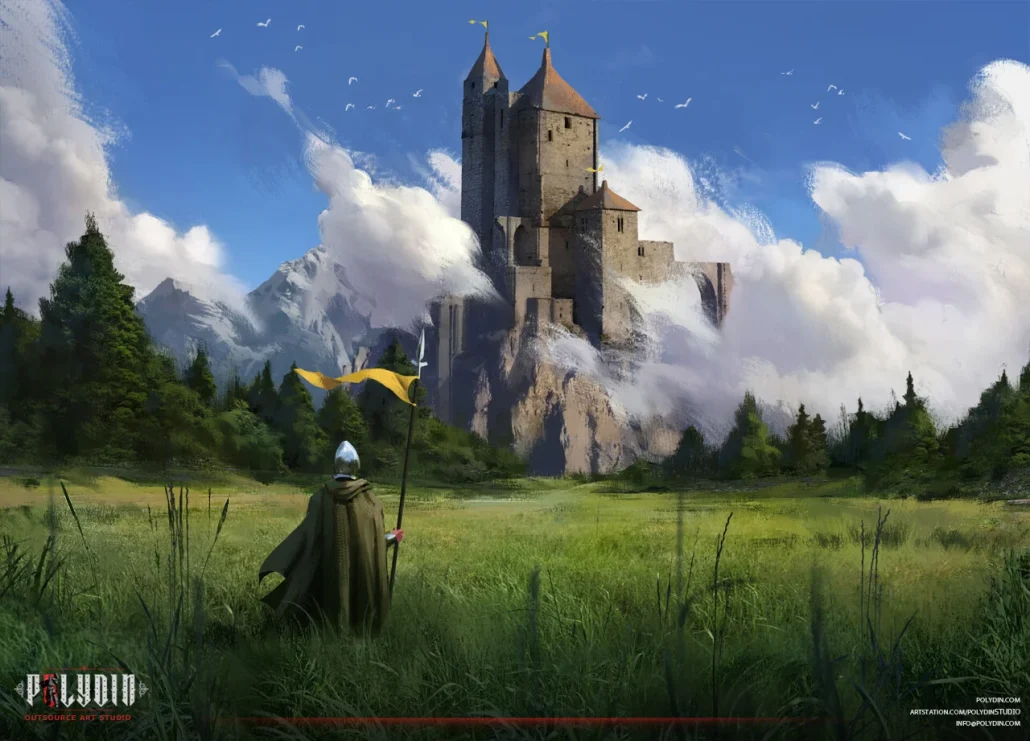In the ever-evolving gaming landscape, the heartbeat of player engagement resonates in the art of storytelling within games. The intricate dance between narrative and interactive gameplay is the essence of “Game Storyline.” This exploration transcends mere pixels and coding, delving into the profound impact of storytelling on the player’s experience. From unraveling the mysterious allure of different story types to dissecting the anatomy of a compelling narrative, we navigate the challenges storytellers face in the digital realm. As we embark on this journey, we’ll scrutinize the evolving relationship between storyline and gameplay, contemplating the future horizons that game storytelling is poised to explore. Join us in this odyssey through the realms of virtual narratives, where each plot twist and character arc becomes a pivotal part of the immersive gaming tapestry.
Elements of a Game Storyline
The “Elements of a Game Storyline” encapsulates the fundamental building blocks contributing to a game’s narrative structure and immersive experience. These elements work harmoniously to craft a compelling and engaging storyline, enhancing the player’s emotional investment and overall enjoyment. Key elements include:
- Plot:
- The overarching sequence of events forms the central storyline. A well-crafted plot gives players a sense of purpose and direction, driving the narrative forward.
- Characters:
- The cast of characters that populate the game world. Each character contributes to the narrative, bringing unique personalities, motivations, and conflicts that enrich the storytelling experience.
- Setting:
- The environment or world in which the game unfolds. A thoughtfully designed setting establishes the backdrop for the narrative, influencing the atmosphere, mood, and player immersion.
- Theme:
- The central idea or motif that underpins the narrative. Themes add depth and meaning to the storyline, shaping the player’s interpretation and emotional connection to the game.
- Conflict and Resolution:
- The tension and challenges that characters face lead to a resolution or climax. Well-crafted conflicts propel the narrative, keeping players invested in the outcome and resolution of the story.
- Dialogue and Narrative Style:
- How the story is conveyed, including character dialogues, monologues, and overall narrative style. Effective dialogue contributes to character development and narrative cohesion.
- Player Agency:
- The degree of influence players have on the unfolding storyline. Player choices and interactions with the game world can shape the narrative, providing a sense of agency and personalization.
- Pacing:
- The rhythm and tempo at which the narrative unfolds. Proper pacing ensures a balance between intense moments and periods of reflection, maintaining player engagement throughout the gaming experience.
- Twists and Turns:
- Unexpected developments or revelations within the storyline add intrigue and surprise. Well-executed twists keep players guessing and contribute to the overall enjoyment of the narrative.
- Emotional Resonance:
- The ability of the storyline to evoke emotions and connect with the player on a deeper level. A compelling narrative elicits various emotions, fostering a memorable and impactful gaming experience.
By carefully weaving these elements together, game developers create a cohesive and captivating storyline that transcends mere gameplay, elevating the overall quality and enjoyment of the gaming experience.


The Role of Storytelling in Games
The Role of Storytelling in games is pivotal, catalyzing player engagement and emotional connection. A well-crafted narrative provides players with context, purpose, and motivation, guiding them through a structured sequence of events. Compelling characters, immersive world-building, and meaningful choices enhance the gaming experience, fostering empathy and resonance. Beyond entertainment, storytelling in games becomes a form of artistic expression, turning games into interactive canvases for conveying themes and ideas. Ultimately, storytelling transforms gaming into a narrative journey, elevating it beyond mechanics and creating memorable, immersive experiences that resonate with players.
Types of Game Storylines
Types of Game Storylines encompass diverse narrative structures that shape the player’s experience. These can vary widely, offering unique approaches to storytelling within the gaming medium. Here are some common types:
- Linear Storyline:
- A straightforward narrative with a predetermined sequence of events. Players follow a set path, progressing through the story without significant branching or choices.
- Branching Storyline:
- This type introduces decision points where player choices impact the direction of the narrative. Branching storylines offer multiple paths and outcomes based on player decisions, enhancing replayability.
- Open-World Storyline:
- Often found in expansive, open-world games, this type allows players to explore a vast environment while uncovering elements of the overarching narrative at their own pace.
- Non-linear Storyline:
- Non-linear narratives present events out of chronological order, requiring players to piece together the story. This approach adds an element of discovery and puzzle-solving to the narrative.
- Interactive Storyline:
- Found in interactive fiction or visual novels, this type emphasizes player choices and interactions, where decisions influence the progression and outcome of the story.
- Episodic Storyline:
- The narrative unfolds in episodic installments, resembling a series of interconnected stories. Each episode often introduces new challenges, characters, or plot twists.
- Hero’s Journey Storyline:
- Inspired by Joseph Campbell’s monomyth, this archetype follows a hero through a transformative journey, typically involving challenges, a mentor, and personal growth.
- Mystery/Investigation Storyline:
- Focused on solving mysteries or uncovering secrets, this storyline type engages players in investigative gameplay, encouraging critical thinking and deduction.
- Tragedy Storyline:
- Departing from traditional happy endings, tragedy storylines explore darker themes, with protagonists facing insurmountable challenges or experiencing downfall.
- Comedic Storyline:
- Centered around humor and satire, comedic storylines aim to entertain players through lighthearted and humorous narratives, often featuring witty dialogue and absurd situations.
- Survival Storyline:
- Common in survival horror games, this storyline revolves around the protagonist’s struggle for survival in challenging and often hostile environments.
These types are not mutually exclusive, and many games blend narrative approaches to create unique and engaging storytelling experiences. The choice of storyline type profoundly influences the player’s interaction with the game, offering varied and immersive storytelling dynamics.
What Makes a Good Game Storyline?
A good game storyline is characterized by several key elements that collectively enhance the player’s experience, fostering engagement, immersion, and emotional connection. Here are the crucial components that contribute to the excellence of a game storyline:
- Compelling Characters:
- Well-developed, relatable characters with distinct personalities, motivations, and arcs contribute to a memorable storyline. Players should care about the characters’ fates and feel emotionally invested in their journeys.
- Strong Pacing:
- Effective pacing balances moments of tension, excitement, and reflection. A well-paced storyline keeps players engaged without overwhelming them with constant action.
- Clear Objectives and Motivations:
- Clearly defined goals and motivations provide players with a sense of purpose. Knowing why they are undertaking specific actions adds depth and meaning to the narrative.
- Meaningful Choices:
- Incorporating meaningful choices empowers players to influence the narrative, fostering a sense of agency. Choices should have consequences that impact the storyline, creating a personalized experience.
- Consistent World-Building:
- A cohesive, immersive game world with well-defined lore, history, and rules contributes to a rich narrative experience. Consistency in world-building enhances believability and player engagement.
- Balanced Exposition:
- Effective exposition reveals necessary information without overwhelming the player with excessive details. Story elements should unfold organically, allowing players to discover the narrative comfortably.
- Emotional Resonance:
- A good storyline evokes a range of emotions, whether it’s joy, sadness, excitement, or empathy. Emotional resonance enhances the impact of the narrative and creates a lasting impression on players.
- Intriguing Plot Twists:
- Well-executed plot twists or unexpected developments add excitement and intrigue to the storyline. Surprising players with clever twists keep them engaged and invested in the narrative.
- Thematic Depth:
- Exploring meaningful themes and messages adds depth to the storyline. Themes can elevate the narrative, providing players with thought-provoking content and fostering a connection beyond surface-level enjoyment.
- Narrative Cohesion:
- A cohesive narrative ties together various story elements, ensuring the storyline unfolds logically and seamlessly. Avoiding inconsistencies or plot holes contributes to a more satisfying experience.
- Player Empathy:
- A good storyline elicits empathy from players, making them care about the characters and their struggles. Building connections between players and characters enhances the overall impact of the narrative.
- Innovative Storytelling Techniques:
- Experimenting with innovative storytelling techniques, such as non-linear narratives or unique perspectives, can add freshness and creativity to the storyline.
By carefully integrating these elements, game developers can create a cohesive and impactful narrative that resonates with players, elevating the overall quality of the gaming experience.


Challenges in Crafting Game Stories
Crafting compelling game stories presents developers with unique challenges, blending narrative creativity with interactive gameplay. The challenges in crafting game stories include:
- Player Agency vs. Narrative Control:
- Balancing player agency and maintaining a coherent narrative can be challenging. Developers must allow meaningful player choices while ensuring the overall story remains cohesive.
- Interactive Pacing:
- Pacing is crucial in maintaining player engagement, and games’ interactive nature introduces pacing challenges as it depends on player actions. Ensuring a balance between action and quieter moments is key.
- Divergent Storylines:
- Designing branching narratives with multiple outcomes requires careful planning to ensure each path is engaging and contributes to a satisfying overall experience.
- Character Consistency:
- Maintaining consistent character development across various player choices and story paths can be challenging. Characters must remain true to their established traits, regardless of the player’s decisions.
- Avoiding Predictability:
- Striking a balance between delivering a coherent story and avoiding predictability is challenging. Players often appreciate unexpected twists, but they must still make sense within the established narrative.
- Technical Constraints:
- Implementing complex storylines with numerous variables can strain technical resources. Developers must find ways to manage data, memory, and processing power to deliver a seamless experience.
- Player Immersion:
- Ensuring players are fully immersed in the game world while maintaining narrative coherence can be tricky. Disruptions in immersion, such as awkward transitions or unnatural dialogue, can detract from the storytelling.
- Budget and Time Constraints:
- Game development involves resource constraints, including time and budget limitations. Crafting intricate narratives within these constraints requires careful planning and prioritization.
- Player Feedback Integration:
- Balancing player feedback and incorporating it into the narrative can be challenging. Developers need to discern valuable input without compromising the overall vision of the story.
- Emotional Impact:
- Eliciting emotional responses from players adds depth to a story. However, creating universally impactful and emotionally resonant moments can be challenging due to individual player experiences and preferences.
- Avoiding Clichés:
- Crafting original and inventive storylines helps games stand out, but avoiding clichés and tired tropes requires creativity and a deep understanding of the gaming landscape.
- Cultural Sensitivity:
- Crafting stories that resonate with diverse audiences while being culturally sensitive requires careful research and consideration. Missteps in cultural representation can lead to backlash and negatively impact player experience.
Addressing these challenges requires a nuanced approach, collaboration among developers, writers, and designers, and a commitment to narrative innovation and player engagement. Successfully navigating these hurdles results in in-game stories that entertain and leave a lasting impact on players.
Relation Between Storyline and Gameplay
The relationship between storyline and gameplay is symbiotic and ineffective game design. Game mechanics should align with the narrative, providing context and motivation for player actions. Player agency influences the storyline, and successful integration enhances immersion, emotional engagement, and a cohesive gaming experience. Progression, character development, and the consequences of choices in gameplay are directly tied to the unfolding narrative, creating a seamless and impactful connection between storytelling and player interaction.
Future Trends in Game Storytelling
The future of game storyline is poised for exciting developments, driven by technological advancements and changing player expectations. Several emerging trends are shaping the trajectory of game narratives:
- Interactive Narratives with AI:
- Integrating advanced artificial intelligence (AI) allows for more dynamic and personalized narratives. AI systems can adapt storylines based on player choices, creating a more responsive and immersive experience.
- Virtual Reality (VR) and Augmented Reality (AR):
- VR and AR technologies offer new dimensions to storytelling. Players can become more immersed in game worlds, and narratives can extend beyond the screen into the player’s physical environment, enhancing engagement.
- Procedural Storytelling:
- Procedural generation techniques enable the creation of dynamic, ever-evolving narratives. Games can generate story elements based on player actions, providing unique and adaptive experiences.
- Emphasis on Emotional AI:
- Emotional intelligence in AI characters enhances the depth of interactions. Characters can respond dynamically to players’ emotions, creating more authentic and nuanced relationships within the narrative..
- Cross-Media Narratives:
- Games are increasingly becoming part of larger transmedia storytelling experiences. Narratives can extend across multiple platforms, including books, movies, and other media, creating a cohesive storytelling universe.
- User-Generated Content Integration:
- The inclusion of robust tools for user-generated content allows players to contribute to the narrative actively. This trend promotes community engagement and extends the lifespan of games through player-generated stories.
- Narrative-driven Live Services:
- Live service models, where games receive continuous updates, offer opportunities for ongoing narrative development. Games as a service (GaaS) provide evolving storylines, keeping players engaged over the long term.
- Cinematic Experiences with Real-time Rendering:
- Real-time rendering technologies offer cinematic-quality visuals within interactive experiences. Games can deliver movie-like storytelling in real-time, blurring the lines between cinema and gaming.
- Ethical and Moral Dilemmas:
- Games are exploring more complex ethical and moral choices, challenging players with thought-provoking decisions that impact the narrative. This trend adds depth to storytelling and encourages critical thinking.
As game storyline continues to evolve, these trends point towards more dynamic, immersive, and player-driven narratives that push the boundaries of traditional storytelling in the gaming industry.


Conclusion
In the ever-evolving landscape of game storyline, the future promises a rich tapestry of innovation and immersion. As technology advances, the integration of AI, VR, and AR reshapes the boundaries of interactive narratives, offering players more personalized and dynamic experiences. Non-linear storytelling structures, user-generated content, and transmedia approaches redefine the relationship between creators and players, fostering a collaborative storytelling environment.
The advent of emotional AI, ethical dilemmas, and cinematic experiences with real-time rendering deepens narratives’ emotional and intellectual impact. As games transform into dynamic live services, continuously evolving storylines keep players engaged over the long term. These trends collectively propel game storytelling into new frontiers, where the lines between traditional entertainment mediums blur, and the potential for innovative, player-centric narratives becomes boundless. The future of game storytelling is a thrilling journey, inviting creators and players to explore uncharted realms of narrative possibilities.


